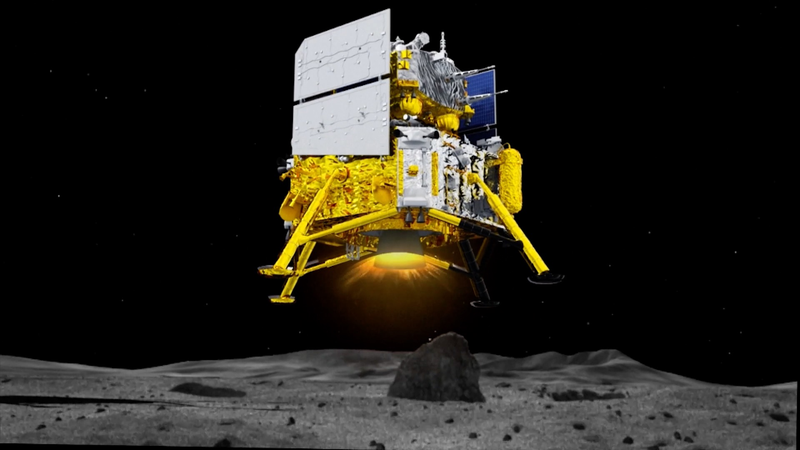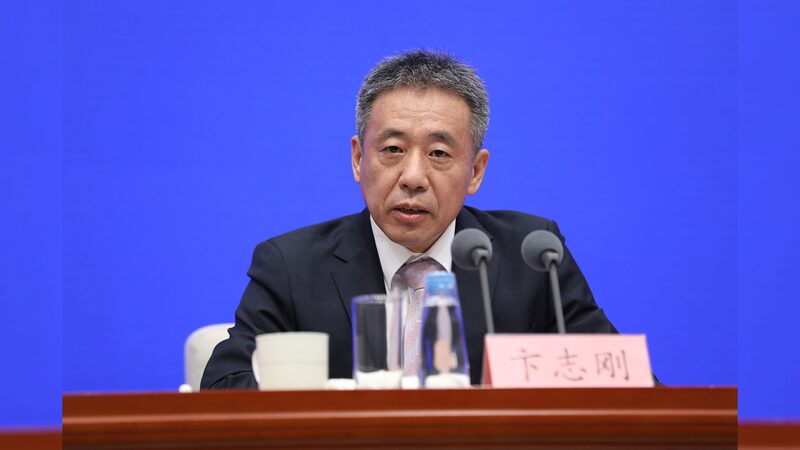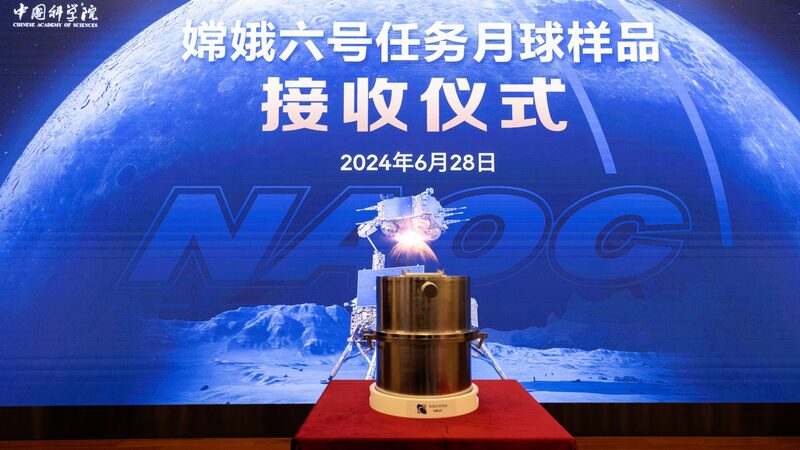In a landmark move for international scientific cooperation, the China National Space Administration (CNSA) unveiled plans to share lunar samples retrieved during its Chang'e-5 and Chang'e-6 missions with researchers from the U.S., Japan, France, and other nations. The decision marks Beijing's latest effort to position its lunar program as a driver of global space exploration, even as geopolitical tensions persist.
Seven institutions, including NASA-funded Brown University and Stony Brook University, will gain access to lunar rocks collected in 2020. China became the third country to secure such samples after the Soviet Union and U.S., but its 2024 Chang'e-6 mission achieved a world first by retrieving material from the moon's far side.
Wu Weiren, chief designer of China's Lunar Exploration Program, emphasized collaboration in remarks to media: Technological breakthroughs are essential to tackle challenges like extreme temperatures at the lunar South Pole. These obstacles must be overcome collectively,
he told CGTN, noting partnerships with the European Space Agency and Argentina.
The initiative highlights an evolving dynamic in space diplomacy. Wu contrasted China's growing openness with what he described as U.S. isolationism,
telling Reuters that Beijing's confidence stems from increases in our nation's overall strength.
Despite tariff disputes, NASA's continued involvement through affiliated universities signals maintained technical dialogue.
Academics and industry analysts alike will scrutinize these samples for insights into lunar geology and resource potential—data that could shape future manned missions and lunar base plans. With Argentina and Pakistan also participating, the effort underscores China's strategy to engage both established and emerging space players.
Reference(s):
cgtn.com








